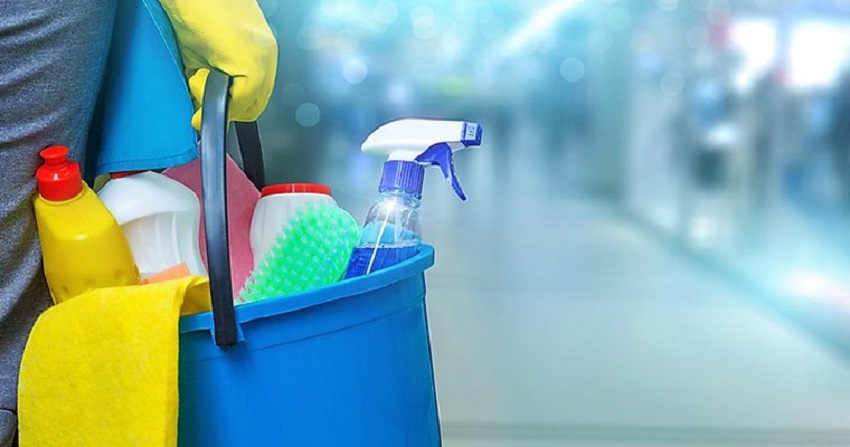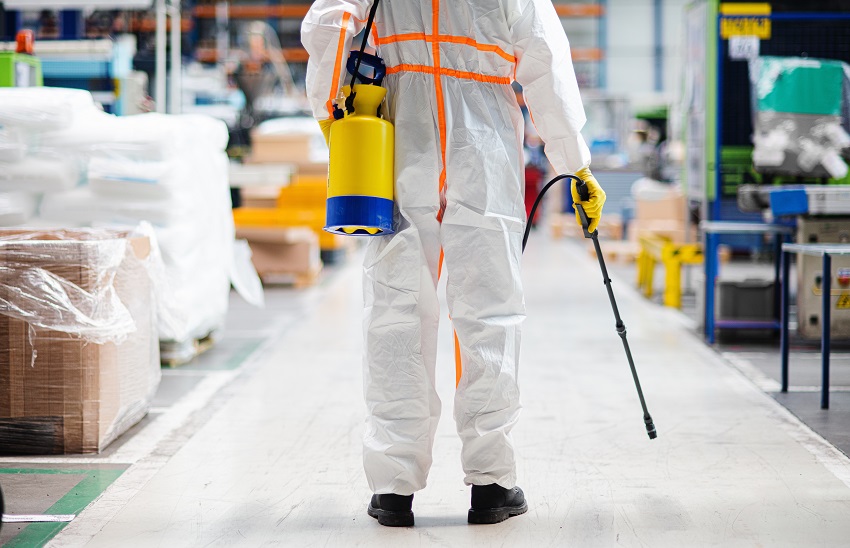
26 Jul What is Cleaning and Sanitizing Operation?
As the world becomes more aware of the importance of hygiene and cleanliness, the terms “cleaning” and “sanitizing” have gained significant prominence. Whether it’s in our homes, workplaces, or public spaces, the need for maintaining a clean and sanitized environment has become paramount. In this article, we will delve into the depths of cleaning and sanitizing operations, exploring their significance, differences, and the best practices to ensure a pristine and hygienic setting for everyone. So, let’s get started! The article is developed by firstgradeappliances.com
Understanding the Difference Between Cleaning and Sanitizing
Before we dive into the details, it’s crucial to comprehend the fundamental distinctions between cleaning and sanitizing. While both processes aim to maintain a hygienic environment, they serve different purposes and involve distinct methods.
1. Cleaning: Creating a Fresh Canvas
Cleaning primarily focuses on removing visible dirt, dust, and debris from surfaces. It involves using detergents, soaps, and other cleaning agents to break down and remove contaminants effectively. Cleaning helps in eliminating stains, spills, and unsightly messes, restoring the appearance of the area to its original state. Discover what is the correct order of steps for cleaning and sanitizing utensils by hand.
2. Sanitizing: Eliminating Germs and Bacteria
On the other hand, sanitizing targets the invisible enemies lurking on surfaces – germs, bacteria, and pathogens. The process of sanitization reduces the number of these harmful microorganisms to a safe level, as determined by public health standards. It involves using specialized sanitizers and disinfectants to ensure the area is safe and hygienic for use.
The Importance of Cleaning and Sanitizing Operations
Maintaining a clean and sanitized environment goes beyond aesthetics; it is essential for several reasons, especially in the context of public health and safety.
1. Preventing Illnesses and Infections
Regular cleaning and sanitizing significantly reduce the chances of illnesses and infections. Bacteria and viruses can survive on surfaces for extended periods, posing a risk of transmission to individuals who come into contact with them. Proper cleaning and sanitizing operations mitigate this risk, safeguarding the health of residents, employees, or visitors.
2. Enhancing Indoor Air Quality
Indoor air quality can be greatly improved through effective cleaning practices. Dust, allergens, and pollutants can accumulate on surfaces and in the air, leading to respiratory issues and allergies. A well-cleaned and sanitized environment ensures healthier indoor air, benefiting everyone within the space.
3. Boosting Productivity and Morale
In workplaces, a clean and sanitized environment positively impacts employee morale and productivity. A tidy and hygienic workspace fosters a sense of well-being and professionalism among employees, leading to increased focus and efficiency.
4. Preserving the Longevity of Surfaces
Regular cleaning and sanitizing help preserve the longevity of surfaces and materials. Dust, grime, and contaminants can degrade surfaces over time, leading to costly repairs and replacements. By adopting proper cleaning practices, the lifespan of furniture, equipment, and infrastructure can be extended.
Best Practices for Cleaning and Sanitizing Operations
To achieve optimal results and maintain a safe environment, following best practices for cleaning and sanitizing is crucial. Here are some key guidelines to keep in mind:
1. Use Appropriate Cleaning Agents
Selecting the right cleaning agents is vital for effective cleaning. Different surfaces require specific cleaning solutions to avoid damage. Always refer to the manufacturer’s guidelines or seek professional advice on the best cleaning agents for various materials.
2. Follow Proper Cleaning Techniques
Proper cleaning techniques ensure thorough cleaning without leaving any residue behind. Techniques such as wiping in one direction, using microfiber cloths, and using a separate cloth for each area can prevent cross-contamination.
3. Implement a Regular Cleaning Schedule
Consistency is key to maintaining a clean environment. Establish a regular cleaning schedule that includes daily cleaning tasks and periodic deep-cleaning sessions. High-traffic areas and frequently touched surfaces should be cleaned more frequently.
4. Prioritize High-Touch Surfaces
In shared spaces, prioritize cleaning high-touch surfaces such as doorknobs, handrails, light switches, and elevator buttons. These areas are more likely to harbor germs and require frequent sanitization.
5. Incorporate Eco-Friendly Practices
Consider eco-friendly cleaning products and practices to reduce the impact on the environment. Many sustainable cleaning solutions are as effective as traditional ones, promoting both health and environmental well-being.
Examples of Effective Cleaning and Sanitizing in Action
To understand the practical application of cleaning and sanitizing operations, let’s explore a few examples:
1. Home Cleaning Routine
In a household, a well-designed cleaning routine can maintain a pristine living space. Daily tasks may include sweeping, vacuuming, and wiping down kitchen counters. Weekly activities may involve mopping floors, cleaning bathrooms, and laundering linens. Ensuring sanitization in high-traffic areas like the kitchen and bathrooms further enhances the cleanliness of the home.
2. Office Sanitization Protocol
In an office setting, a thorough sanitization protocol is imperative to promote a healthy workspace. Regularly disinfecting shared equipment, such as computers, printers, and conference room tables, reduces the risk of spreading illnesses among employees. Providing hand sanitizers at strategic locations also encourages hand hygiene.
3. Restaurant Hygiene Practices
Restaurants must adhere to strict hygiene practices to ensure food safety. From cleaning and sanitizing cooking surfaces to regularly disinfecting dining areas, maintaining a clean environment is vital for the health and satisfaction of customers.
Conclusion
Cleaning and sanitizing operations play an indispensable role in maintaining a healthy and safe environment for everyone. By understanding the difference between cleaning and sanitizing and implementing best practices, we can create spaces that are not only visually appealing but also free from harmful germs and bacteria. Whether it’s in our homes, workplaces, or public spaces, let’s embrace the power of cleanliness to lead healthier and more fulfilling lives.



Sorry, the comment form is closed at this time.